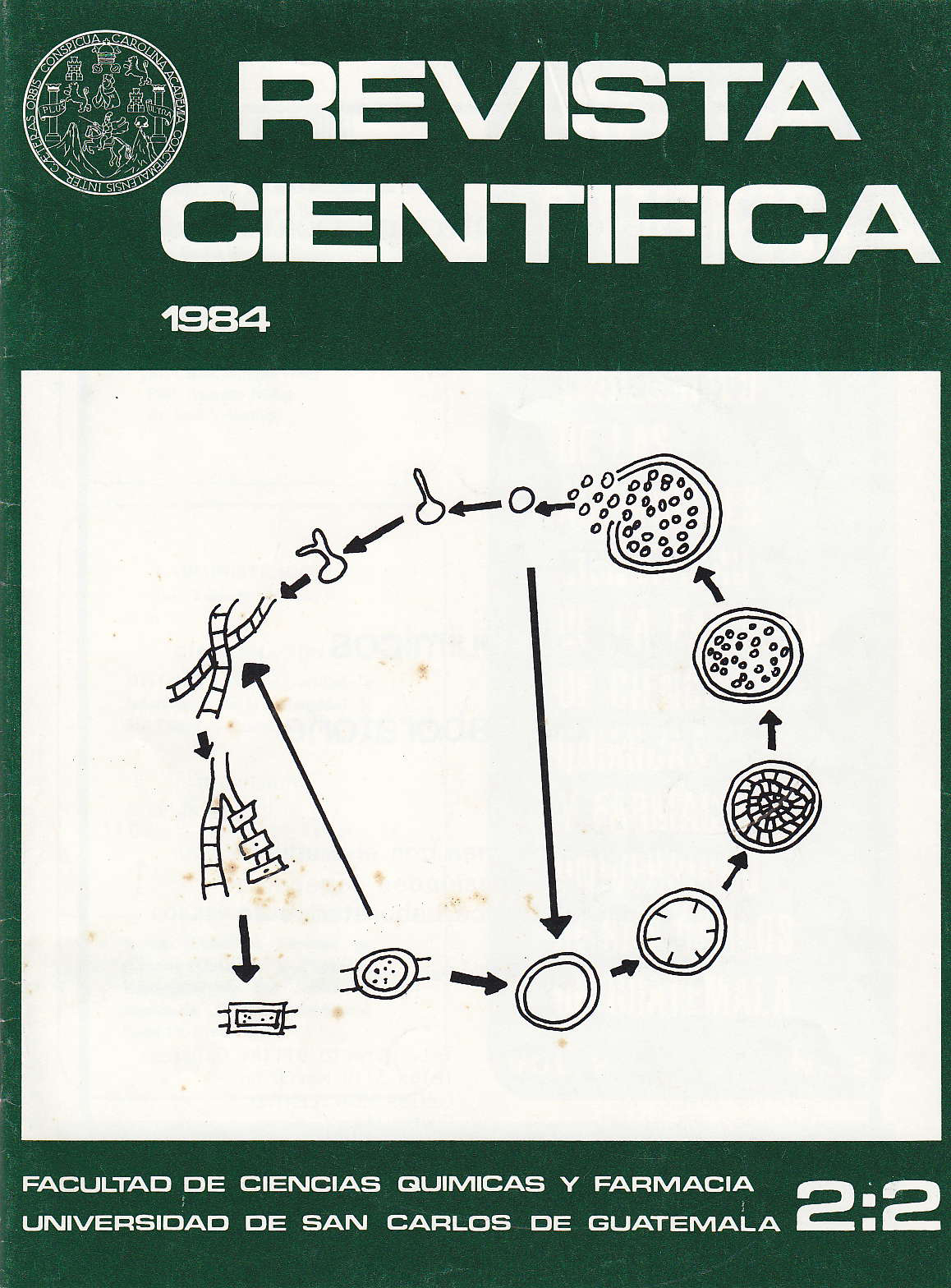New method to achieve the optimal score on the essay test
DOI:
https://doi.org/10.54495/Rev.Cientifica.v2i2.473Keywords:
new method, optimal score, essay testAbstract
A method was found that allows for high objectivity, ease, and speed in the evaluation of problem development, the assignment of realistic weighting, and high precision in calculations during the grading of the restricted essay test. The work was based on the use of a programmable calculator to aid in performing the calculations. The variation on the normal grading system is to establish, along with the expected answer key, the number of correct answers corresponding to each question (this transforms the written answer into simple numbers), which can then be processed on a programmable calculator. The grade a student receives is simply the sum of the products of correct answers and the grading factor for each question, with the following columns: question number, percentage of correct, average, and incorrect answers, and their variance. After this, the reliability index value, standard error of measurement, exam balance, and then a statistical table appear containing: class interval, midpoint, frequency, cumulative frequency and then the values of the mean, median and mode, as well as quartile 1, quartile 3, number of cases and then a table that establishes the curve of already normalized frequencies and its chi-square test of frequency similarity. The internal information is obtained in a time of 5 minutes after having entered the number of correct answers achieved by the students in the calculator.
Downloads
References
Goring PA Manual de Mediciones y Evaluación del Rendimiento de los Estudios. Buenos Aires: IKapeluz, 1978 230 p (pg. 119,128).
Lemus LA Evaluación del Rendimiento Escolar Buenos Aires: Kapelusz, 1974 356p (p110, 124)
DOWNIE NM, Heath RW Métodos Estadísticos Aplicados. México: Haría, 1973 340p (264,273).
Magnusson D, Teoría de los Test. México: Trillas, 1977 320p (p 38,143)
Cerezo Ruiz A, Estadística Descriptiva e Introducción al Análisis. Guatemala: Universitaria (col. aula), 1978 241 p (81-157).
Downloads
Published
How to Cite
Issue
Section
License
Copyright (c) 1984 Sergio Domingo Ortíz Martínez

This work is licensed under a Creative Commons Attribution 4.0 International License.
Authors who publish with this journal agree to the following terms:
- Authors retain copyright and grant the journal right of first publication with the work simultaneously licensed under a Creative Commons Attribution License 4.0 that allows others to share the work with an acknowledgement of the work's authorship and initial publication in this journal.
- Authors are able to enter into separate, additional contractual arrangements for the non-exclusive distribution of the journal's published version of the work (e.g., post it to an institutional repository or publish it in a book), with an acknowledgement of its initial publication in this journal.
- Authors are permitted and encouraged to post their work online (e.g., in institutional repositories or on their website) prior to and during the submission process, as it can lead to productive exchanges, as well as earlier and greater citation of published work.









